Worm Compost Bin
A worm compost bin is a container that uses compost worms to convert organic materials that have begun to decompose into nutrient rich soil conditioners and plant foods.
Of the thousands kinds of earthworms only about a handful of kinds can actually successfully harnessed and used for worm composting. Arguably the most commonly used worm species is the Red compost worm known by many as Red wiggler that goes by the scientific name Eisenia fetida or Eisenia foetida.
What does a worm compost bin look like?
Worm compost bins come in many shapes and sizes and can be made from many different materials. Although most domestic worm bins consist of plastic containers they can as well be made out of bricks, concrete blocks, wood and even metal. The main purpose of a worm bin is that it will enable compost worms to feel at home in it and give them the opportunity to feed on decomposing organic materials like for example kitchen scraps, garden waste and dog waste and let them convert those materials into nutrient rich soil conditioners and plant foods. Below I show you a few examples of worm bins we have successfully used on our property for many years.
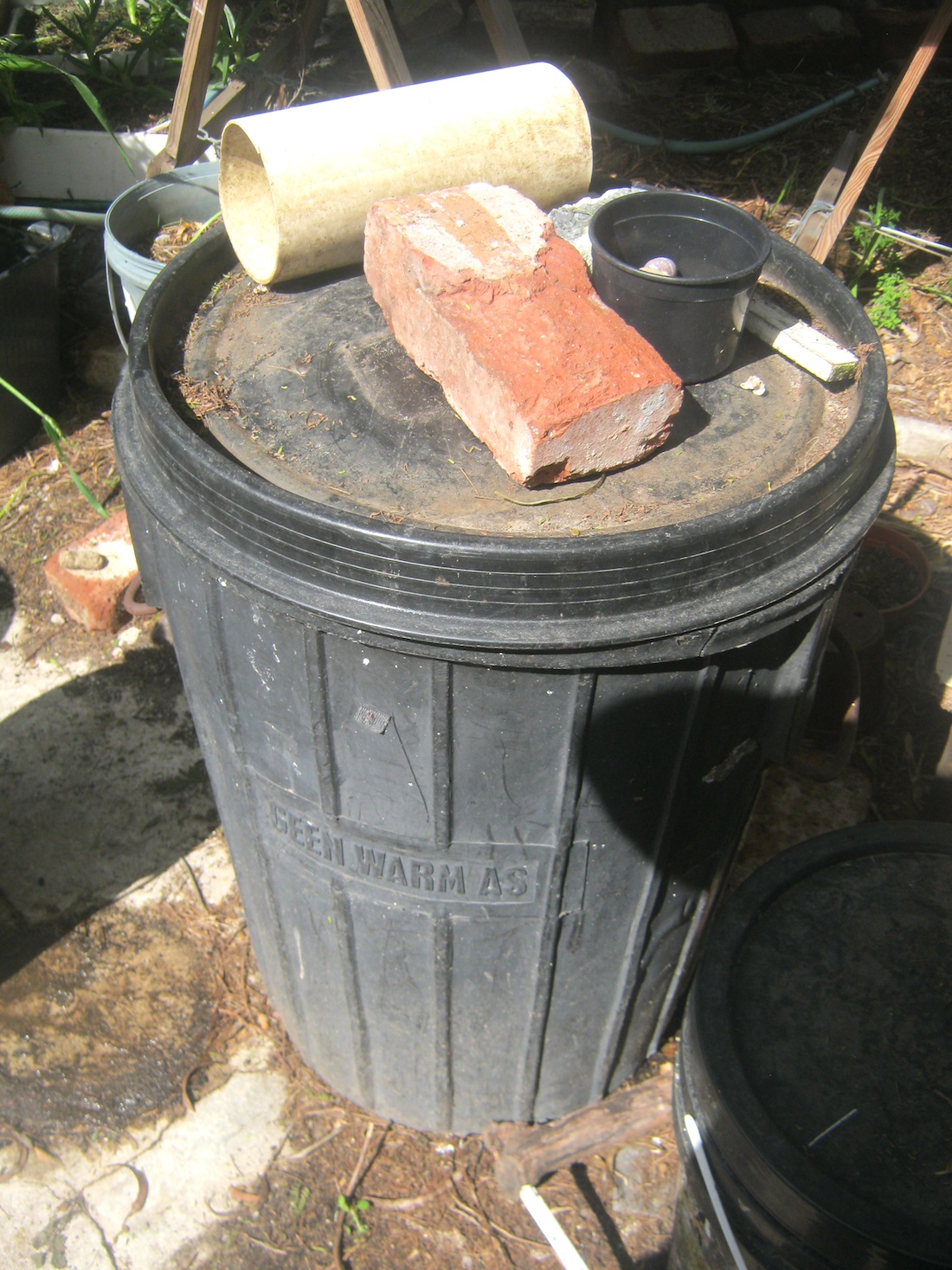 Old large waste bin converted into a worm bin. The bin has drainage holes at the bottom and an easy fitting lid.
Old large waste bin converted into a worm bin. The bin has drainage holes at the bottom and an easy fitting lid.Requirements of a good worm bin
Although worm bins can be made easily even from old buckets and containers that otherwise where thought to be useless there are certain requirements that they must serve to be successfully used as a worm farm.
Worm bins must provide an environment that worms can comfortably live in.
- Worm bins need to supply adequate air flow to provide worms with access to enough oxygen and give unwanted gases that might from time to time form in the bin a way to leave the bin. A few holes on opposing sides of a bin are usually sufficient.
- Worm bins need to be designed to prevent them from being flooded. This is usually achieved by fitting them with a waterproof lid and a drainage system that allows excess liquids to leave the worm bin.
- Worm bins should protect worms from extreme heat or cold. This is usually not to difficult to achieve. For more information about this have a look at my articles "Protecting worms in Summer" and "Protecting worms in Winter"
- As worms have a host of natural enemies like for example birds, frogs and mauls, a worm bin should protect worms against them. This is usually achieved with a bin that consists of solid materials, has a lid and is placed out of the reach of their enemies.
- A worm bin should be able to keep the worm bedding and worm food moist for extended periods of time and keep pests out. This is often achieved in plastic bins and different kinds of covers like a plastic bag and a layer of shredded paper that are placed on the surface of the worm bedding and worm food.
Once these points are achieved it is normally very simple to successfully run a worm compost bin at home or in a business environment.
Find below some links to articles that show you how to build a worm bin at home.
How to make money with earthworms
----------
How to build a worm bin at home
----------
How to build a budget worm bin
----------
------------
More information about worm compost bins
Search / Suchen
On SPECIAL
"How to start a profitable worm business on a shoestring budget
Order a printed copy from "Amazon" for only
$11.95
or a digital version from the "Kindle" store for only
$4.95
Prices valid till 30.11.2025
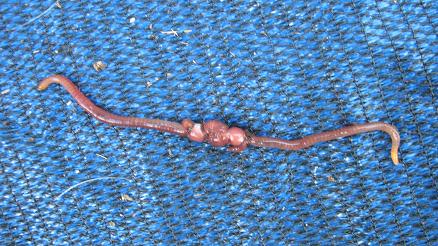
Our New Book
Order the Kindle E-book for the SPECIAL PRICE of only
$3.95
Prices valid till 30.11.2025!
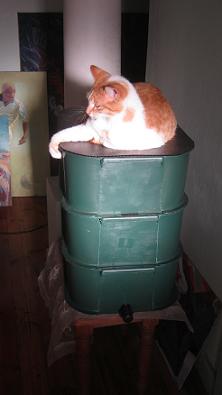
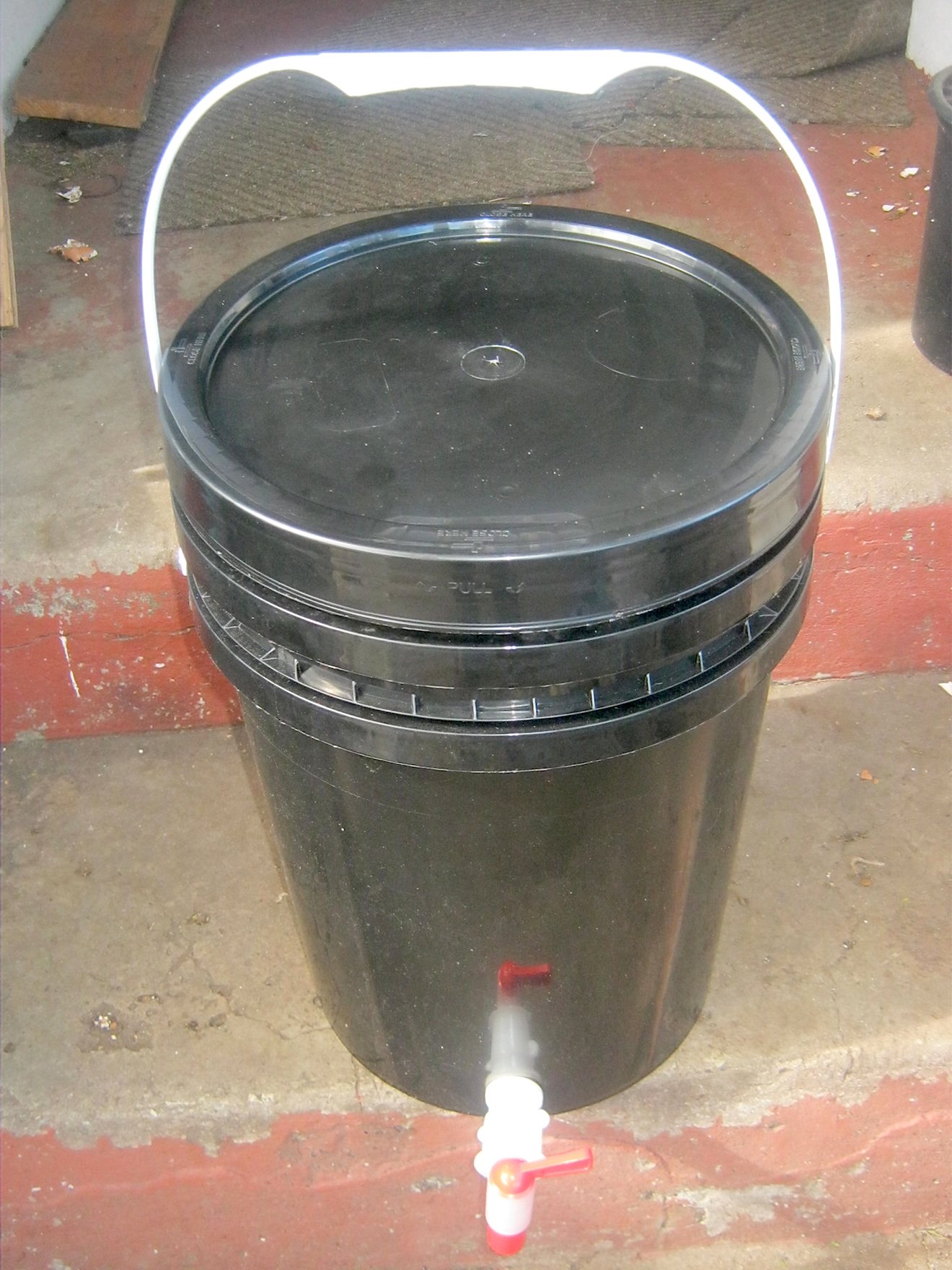
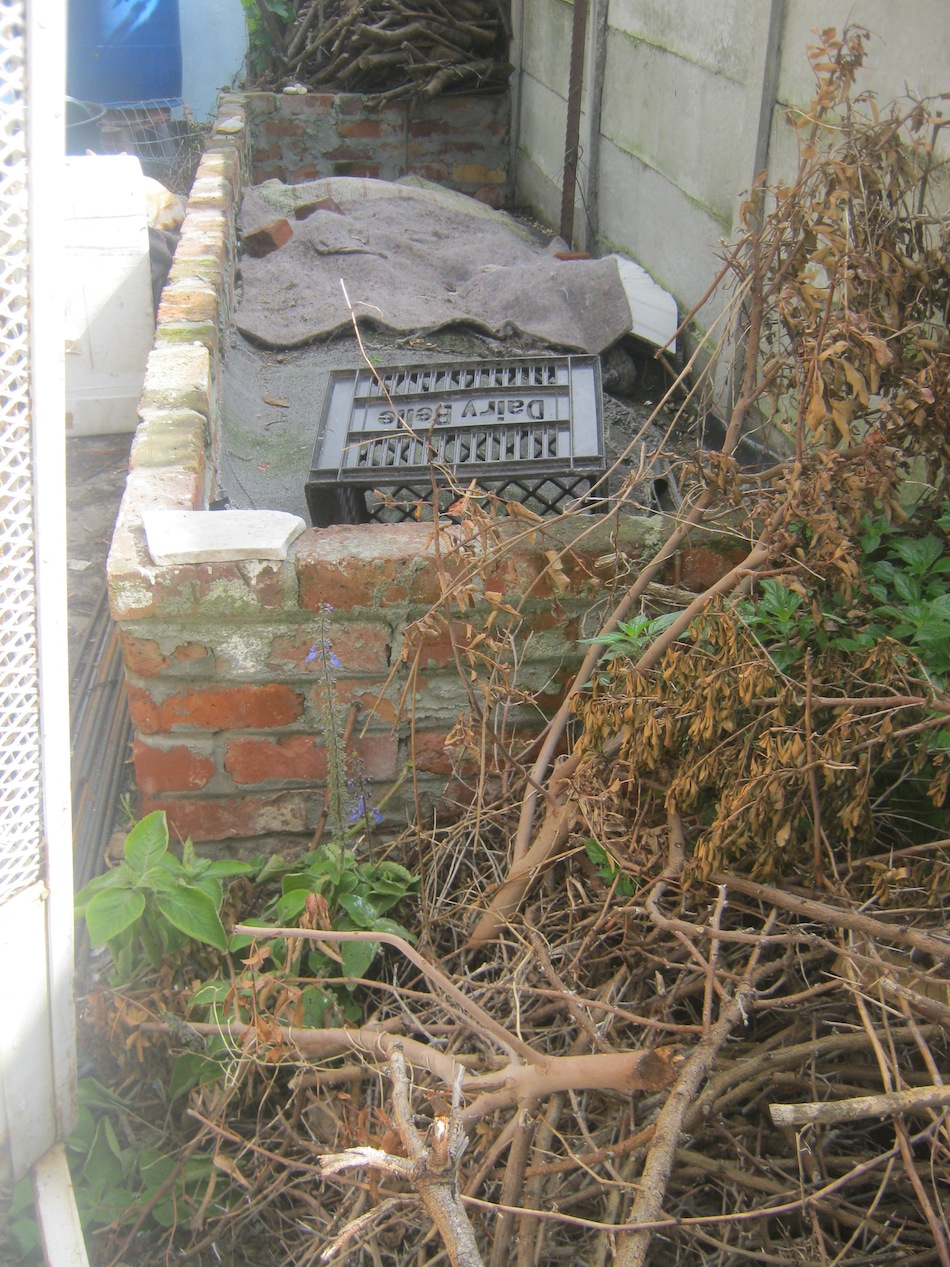

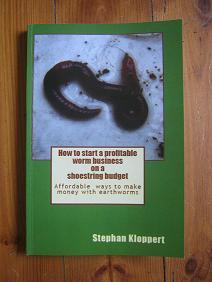
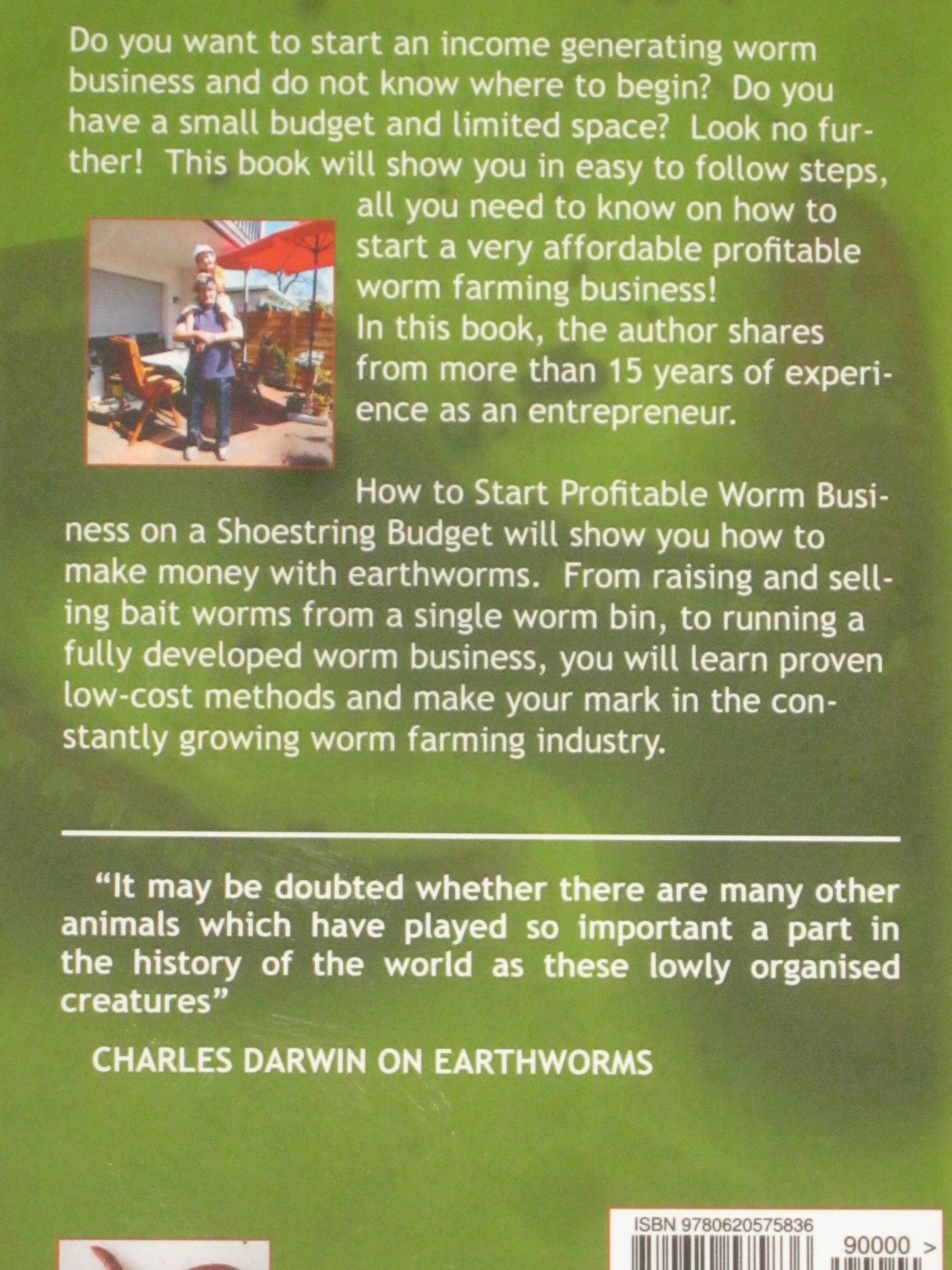

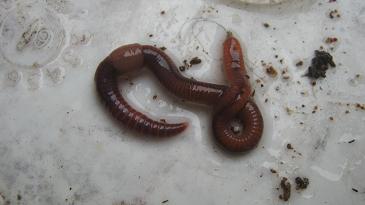
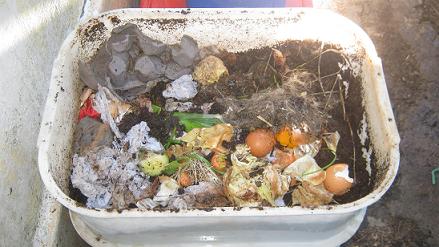
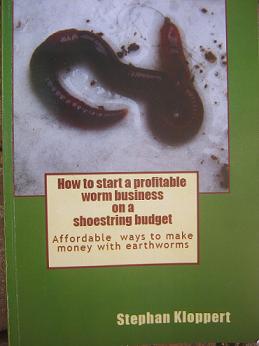
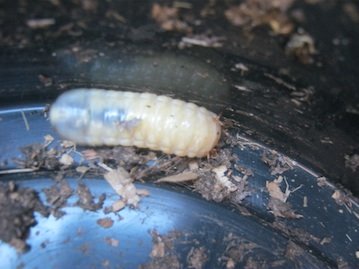
New! Comments
Have your say about what you just read! Leave me a comment in the box below.